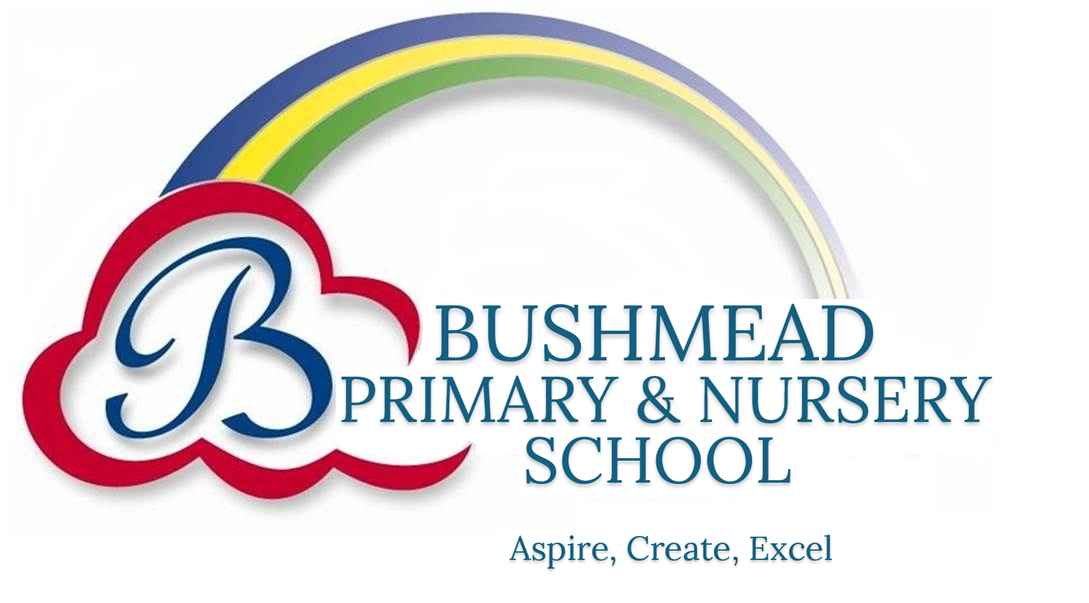Spelling
Spelling
In order for the pupils at Bushmead to be able to write expressively, creatively and with confidence, it is essential that our pupils learn to spell accurately. Children who can spell feel confident and are able to write with enjoyment. We want our pupils to be equipped with a range of strategies for learning spelling and to be able to apply their strategies when spelling words in their independent writing. To enjoy exploring and investigating the patterns and contradictions of the English language.
Approaches to spelling
EYFS and Year 1
In EYFS and Year 1 and our pupils follow a high-quality, systematic programme of phonics teaching following the Letters and Sounds (DfE 2007) teaching programme. Our phonics teaching makes strong links between blending for reading, segmenting for spelling and handwriting. We encourage all of our pupils to apply their phonic knowledge when spelling.
By the end of Year 1, it is our expectation that the vast majority of our pupils will be secure when spelling the 100 Common Exception words.
The National Curriculum spelling objectives for Year 2 work in line with Phase 6 of Letters and Sounds.
Year 2/KS2
From Year 2 onwards, pupils are taught the age related spelling content planned to meet the requirements of the 2014 National Curriculum, this is supported using the spelling programme Purple Mash software provides and has clear progression through blocks of teaching units across the year.
In KS1 and 2, our pupils are provided with three spelling lessons each week, they are also given daily spelling practice opportunities during registration, through access to displays of weekly spellings, cross curricular word banks and discussions during guided reading and shared writing.
Approaches to Teaching Spelling
Our focus on teaching spelling embraces the knowledge of spelling conventions, patterns and rules. Moreover, we promote the learning of spellings, through the use of multi-sensory strategies, including combining the teaching of spelling and handwriting. Our teaching of spelling includes common exception words, high frequency words, statutory words and personal and topic spelling.
- Revise
- Activate prior knowledge
- Revisit previous linked learning
- Teach
- Introduce the new concept
- Explain
- Investigate
- Model
- Practise
- Individual/group work
- Extend/explore the concept independently
- Investigate
- Generalise
- Apply/Assess
- Assess through independent application
- Explain and demonstrate understanding
Some strategies we use to learn spellings:
-
Look, say, cover, write, check
-
Trace, copy and replicate (then check)
-
Segmentation strategy
-
Quickwrite
-
Drawing around the word to show the shape
-
Drawing an image around the word
-
Words without vowels
-
Pyramid words
-
Rainbow writing
-
Memorable ‘silly sentences’
-
Clapping and counting syllables
We encourage our pupils to explore and practise their spellings through their home learning activities.
